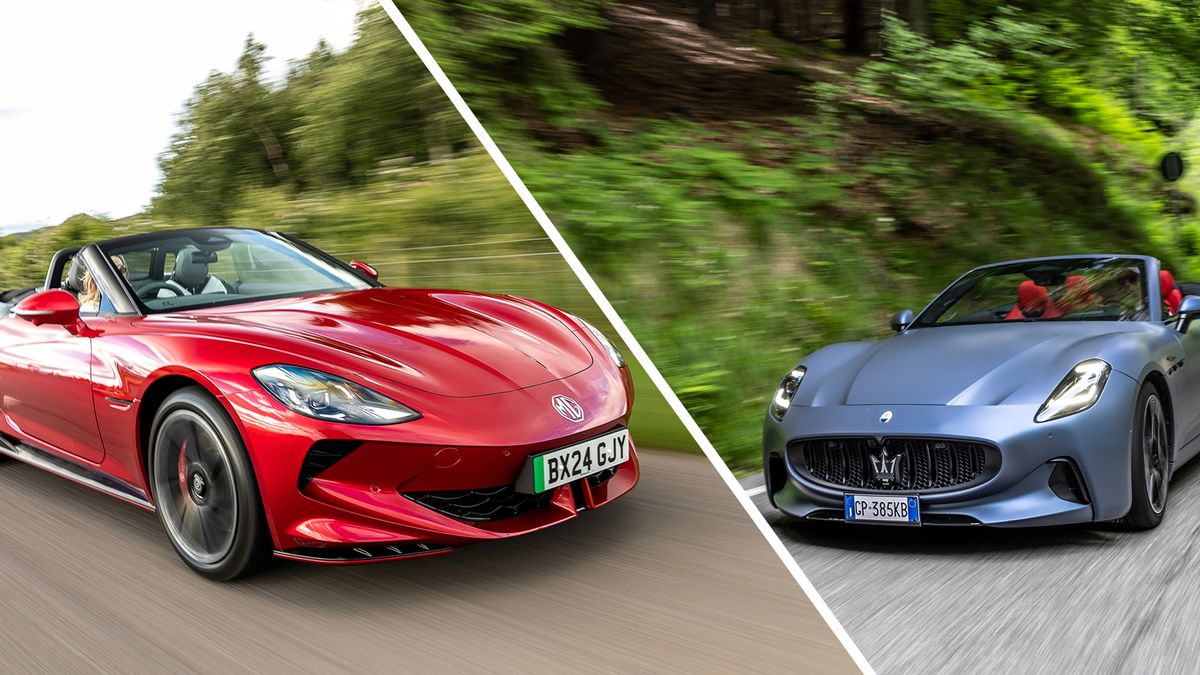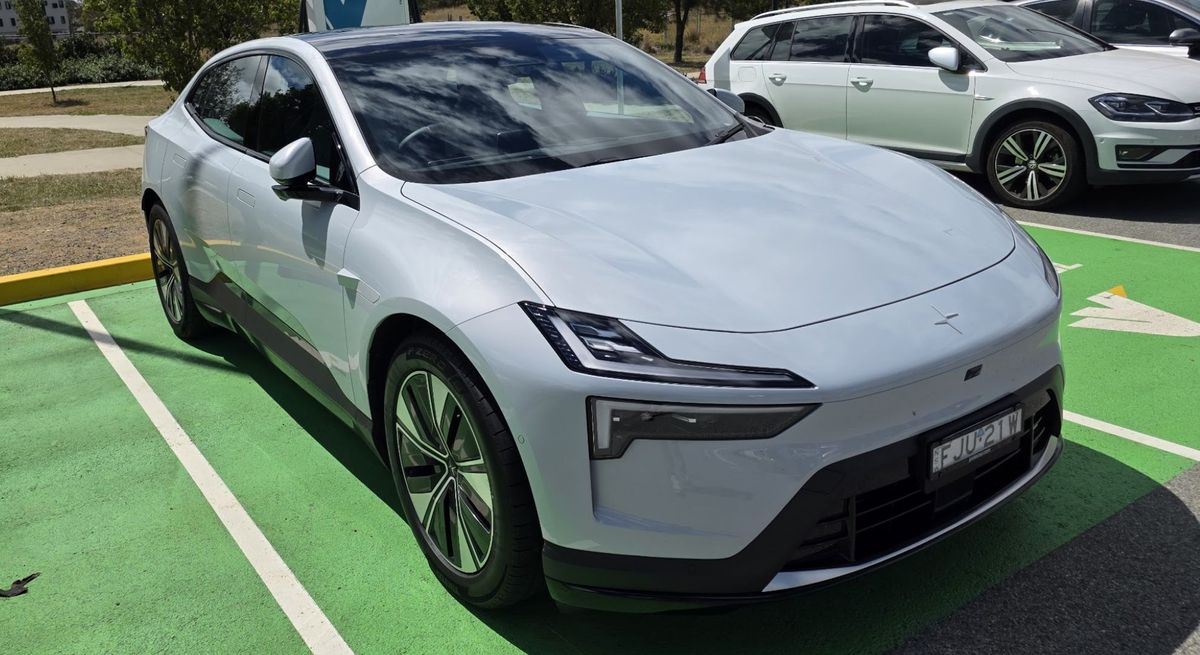
The Four Best Electric Sports Cars I’ve Tested: Electrification Doesn’t Mean Boring.
From MG to Maserati, these electric vehicles are surprisingly fun to drive.
One of the main criticisms of the electrification of passenger cars lies in the eventual end of the internal combustion engine. After 140 years of evolution, gasoline engines are probably the most efficient, powerful, and reliable they have ever been compared to just five years ago. However, in the world of sports cars, the powerful machinery not only provides explosive performance but also an unmistakable soundtrack, a vibration that makes your skin tingle, and the thrilling sensation of driving a robust V6, V8, or V12 engine. Electric cars will never be able to authentically replicate this; despite experimenting with artificial engine sounds and futuristic soundtracks, manufacturers fail to replace what a combustion engine represents for some enthusiasts.
Nevertheless, this does not mean we should dismiss electric cars. After testing several fully electric sports cars, it is evident that they offer something very different, whether it be incredible straight-line performance, a seamless driving experience, or the ability to transform into a quiet grand tourer at the touch of a button. While gasoline car lovers may enjoy a good traditional engine, it is important to consider the next generation of electric sports vehicles as a completely new proposition. They may lack a fierce sound, but they can still be a lot of fun.
The first highlighted model is the Maserati GranCabrio Folgore, which is presented as the first four-seater electric roadster from the renowned Italian manufacturer. Equipped with an 800V electric architecture, it features three electric motors that produce a combined power of 818 hp in Max Boost mode. Its figures are impressive: a top speed of 180 mph, an acceleration of 0 to 62 mph in just 2.8 seconds, and a range of 274 miles thanks to an 83 kWh battery. However, what impressed me most while driving it through the British countryside was not so much its high-speed performance, but its ability to glide in almost complete silence, whether the roof was up or down. This Maserati stands out for its elegant design and comfort on long journeys, although its range may be a drawback on extended trips.
Another model worth mentioning is the MG Cyberster, an electric roadster from the British brand MG, which is under Chinese ownership. With an attractive design and scissor doors, the Cyberster has the charm of a classic two-seater sports car. Inside, it features a series of digital displays that add an aerodynamic and modern touch. The GT version, with dual motors, produces 503 hp, achieving 0-62 mph in 3.2 seconds. Although it doesn't reach the numbers of the Maserati, with a price close to £60,000, it is a more affordable option than many competitors in the sector.
On the other hand, the Hyundai Ioniq 5 N sets new standards in the electric vehicle segment. Despite sharing many features with the standard Ioniq 5, this sporty version is designed to deliver appealing performance, with 650 hp available in N Grin Boost mode and an acceleration of 0-62 mph in 3.4 seconds. The driving experience is enhanced by a system that mimics the sounds of a combustion engine, making it easy to forget that you are behind the wheel of an electric car.
Finally, the Audi RS e-tron GT and the Porsche Taycan Turbo S share many key components, standing out in the market for their fast-charging capabilities and sleek style. Both offer impressive performance, approaching 280 miles of range. The Taycan provides that classic Porsche feel when driven at high speeds, while the Audi offers a more comfortable and tech-oriented approach for long journeys. Both models represent a significant advancement in the performance of electric cars, raising the standard of what a modern car can offer.




